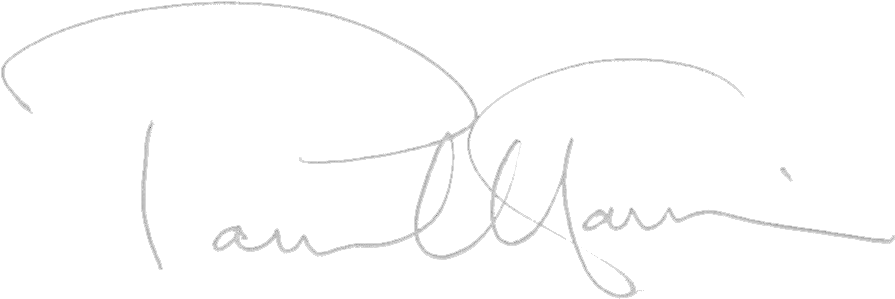I don’t think a day goes by without my thinking about, or discussing with colleagues, the process of Simultaneous Learning. My present thoughts and discussions have led me to a simple question which I believe lies at the very heart of the approach. Not only will this question allow lessons to flow collaboratively and in a very positive direction – it will also teach our pupils what to think when they are practising. Which is what we must do in lessons if we want our pupils to do any.
What shall we do next? It’s the question we should be putting to our pupils (in some form or another) on a regular basis. For if we don’t, how will they learn what to think when they are practicing? In this way we are setting it up for them to begin thinking for themselves? Aim rarely to tell pupils things. Especially if we can figure out a way to encourage them to work it out for themselves. Telling pupils just makes them more dependent and less confident. Instead, together work out the next best thing to do.
When it comes to expecting the average pupil to do some practice, “Go home and practise Minuet in G” simply won’t do the trick. They may go home and play through Minuet in G (if they can). Maybe they’ll correct some errors - if they recognise any. More likely is that they will embed a few more mistakes in their already uncertain understanding and performance, which we will then have to sort out next lesson. All contributing to the kind of reacting-to-mistakes teaching we are so keen to eradicate.
Instead let’s ask them what shall we do next? Ideally with our Simultaneous Learning Map of our Musical World to hand.
Let’s play the scale of G major, we decide. Once played we ask a follow up question: how did that go? And if we set up the activity well (as we do in SL) the answer hopefully will be… it went well. And pupils think (with a little encouragement from us) “I made some progress!”
And so we continue… what shall we do next? Maybe the answer comes back… “look to see how my understanding of G major and the scale will help me play the piece.” or “let’s look for G major patterns in the music,” or “I could play G major again using the different dynamics in the piece… or in the character of the piece.”
Maybe we’ll have to wait a bit until our pupils are able to make such practical and logical responses. But maybe those responses will develop quicker than we might suppose if we go down this route on a regular basis.
Having set this up, when our pupils go home to practice they continue to think in this manner – instinctively. “What shall I do next?” and then “how did that go?” will become a kind of spontaneous reflex. Practice becomes a sequence of relevant and explicitly connected activities, all managed by our pupil. And each time they work out the next activity and negotiate it successfully – they knowingly make progress. They’ve gone up another level. It’s a highly motivational approach.




